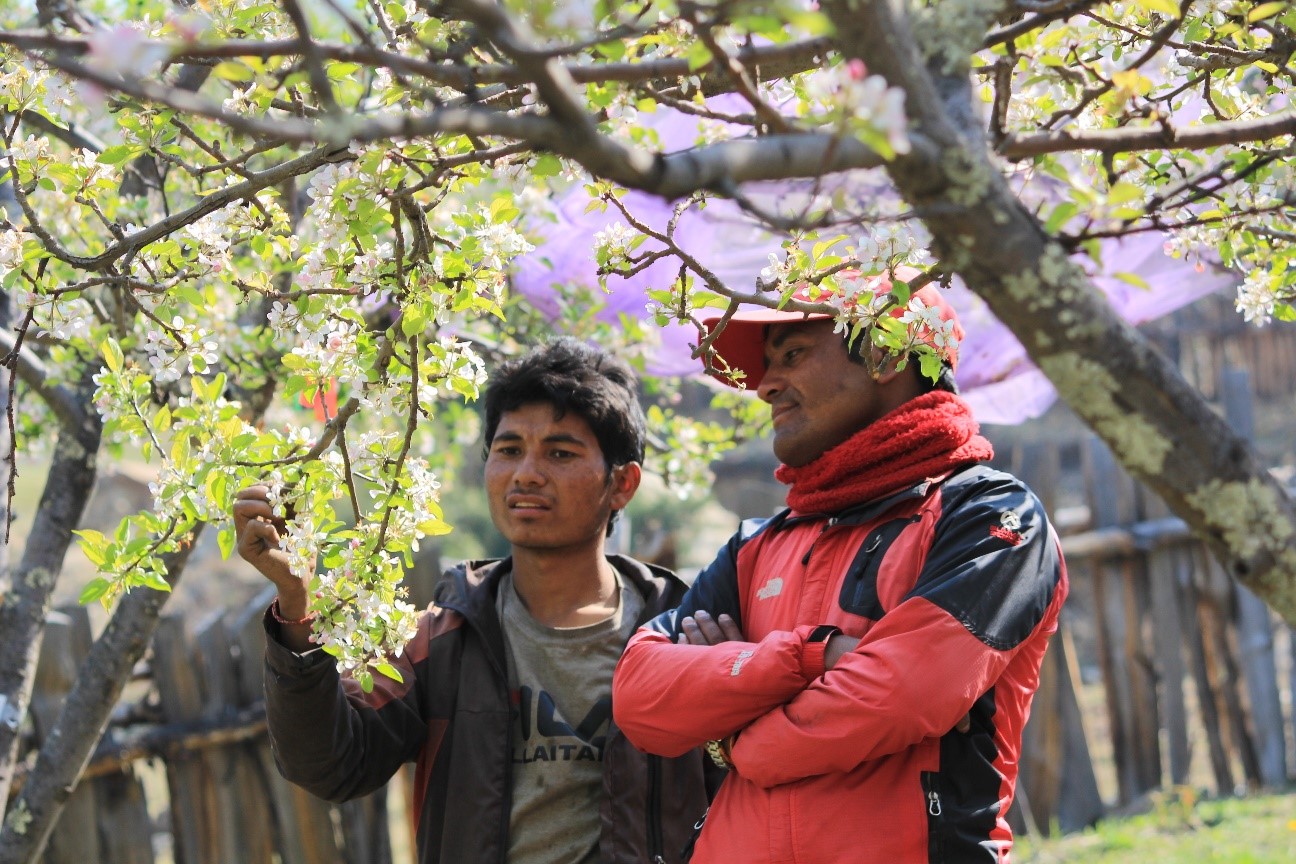Introduction
Nepal is a low-income food-deficit country (FAO 2018) where people have micronutrient-deficient diets and micronutrient deficiencies are common. Pollinator loss disproportionately harms developing countries, as they are both less resilient to yield drops and more reliant on the micronutrients found in small-scale pollinator-dependent crops. Providing population-wide vitamin supplementation is neither practical nor sustainable in remote parts of the world; instead, diversifying the diet by increasing access to micronutrient-rich fruits, vegetables and legumes could provide a solution.
General Objective:
This project aims to describe the dietary intake and record the nutritional status of populations in rural Jumla district over a 12-month period to identify crops providing important dietary micronutrients to these populations. The project aims to record the pollinators of these crops and their sensitivity to climate change so as to assess the vulnerability of local people to crop yield losses as a result of pollinator decline and climate change. We aim to use this information to design strategies to mitigate the effects of climate change and pollinator loss on human health.
Specific Objective:
Our project has five specific objectives:
1) Identify the crops providing key micronutrients to populations in Jumla district using dietary recall surveys.
2) Identify the dominant pollinators of these micronutrient-rich crops using field surveys in the same villages.
3) Predict the effect of climate change on these key crop pollinators and the ensuing impact on crop production and micronutrient intake using a simulated modelling approach.
4) Devise mitigation practices to protect crop pollinators from climate change and thereby safeguard the micronutrients in people’s diet.
5) Develop a policy and education package to mitigate the effects of climate change on crop pollination and micronutrient intake.
Blog from our partner
Associated Team Members
Sushil Chandra Baral
Managing DirectorDr. Sushil Chandra Baral is an experienced health and development expert with over 25 years of experience in research and development. Specializing in health systems, health policy, and planning at both national and international levels, Dr. Baral has played a pivotal role in communicable disease control, specifically Tuberculosis. He serves as a Managing Director at HERD International. In the past, he worked as a Strategic Advisor for the Nepal Health Sector Support Programme demonstrating expertise in program-based operational research and [...]
Learn moreSujan Sapkota
Project ManagerMr. Sujan Sapkota is an experienced professional with specialization in Public Health Nutrition, showcasing a distinguished blend of academic knowledge and extensive practical experience spanning over a decade. His educational background includes MSc. in Food Science and Nutrition, Master’s in Rural Development, with supplemental courses in Research Methodology. Mr. Sapkota has developed comprehensive understanding of health, nutrition, Water Sanitation and Hygiene (WASH), and Disaster Risk Reduction (DRR) through his career, showcasing his specialized expertise in these areas with a rich [...]
Learn more





